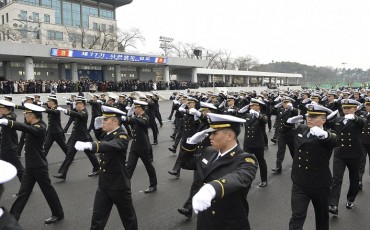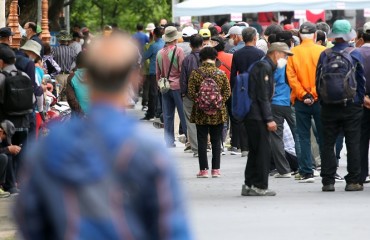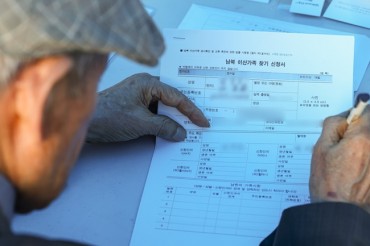In the video, you can see that not only has Tobaek made a complete recovery, but his vigour is so boundless that his handler can be seen panting with exhaustion. Let us extend our warmest congratulations to Tobaek and his handler for their heroic performance at the rescue mission.
SEOUL, March 6 (Korea Bizwire) – The story of Tobaek, a rescue dog deployed to earthquake-stricken Turkey, has captured attention after the dog exhibited unusual behavior during the evacuation process on the final day of the rescue operation.
As rescue workers found survivors and began to evacuate them, Tobaek started acting strangely, causing concern among those around him.
The incident has prompted dog lovers in South Korea, where pet ownership has surged in recent years, to question why rescue dogs like Tobaek are not outfitted with shoes, or even criticize handlers for forcing the dogs to work in harsh conditions.
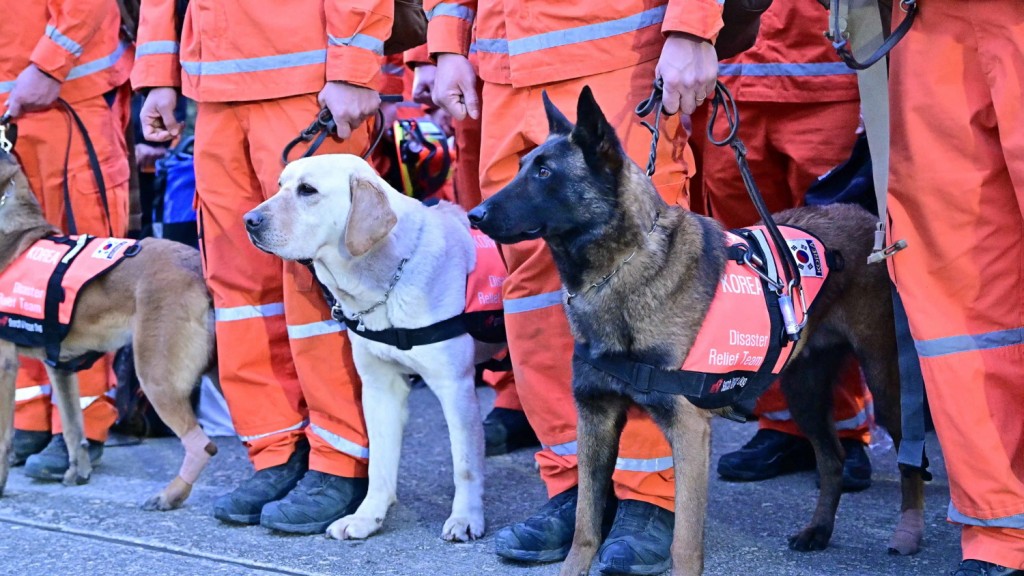
Members of the Korea Disaster Relief Team (KDRT) and their rescue dogs, who were deployed to help victims of the earthquake in Turkiye, are returning home at 7 a.m. Feb. 18 at Seoul International Airport in Seongnam, Gyeonggi Province. (Image courtesy of Yonhap)
However, Kim Chul-hyun, the firefighter who handled Tobaek, explained in a media interview that dogs’ paws are sensitive, and wearing shoes could dull their senses and increase the risk of falls.
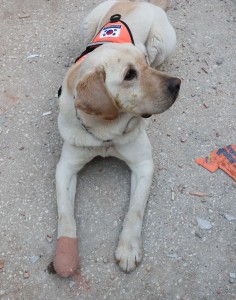 A photo of Tobaek with a bandaged right front paw drew criticism online as some accused the handlers of being abusive, prompting them to explain the training process and the nature of rescue work.
A photo of Tobaek with a bandaged right front paw drew criticism online as some accused the handlers of being abusive, prompting them to explain the training process and the nature of rescue work.
For rescue dogs, searching is a form of play, and their training focuses on rewarding them for behaviors such as finding a person, rather than teaching them to save people. If they sense danger, they may back away and refuse to enter the area.

A member of the Korean Disaster Relief Team (KDRT) and a rescue dog, Tobaek, conduct a search operation in Antakya city, Hatay, Turkiye, on the morning of Feb. 10 (local time).
Handler Kim attributed Tobaek’s strange behavior to stress during the rescue process, adding that he was momentarily startled by the excited voices of people searching for survivors on the last day. To calm him down, Kim hugged and patted Tobaek for about 20 minutes, reassuring him that everything was okay.
Tobaek was part of a South Korean rescue team dispatched to Turkey, where they worked for seven days and saved eight lives while recovering 18 bodies. The situation was challenging for not only the rescuers but also the four rescue dogs, Tobaek, Tina, Tori, and Hae-tae.
At this site, many of the buried individuals were deceased, making it difficult for the dogs to respond.
Despite the tense environment, handlers encouraged other rescuers to hide during the search, rewarding the dogs with praise, ball games, and treats to keep them motivated.
South Korea has only 35 rescue dog handlers, and Kim, who worked for six years in the Navy’s Special Rescue Unit before joining the rescue team in 2009, applied twice before being accepted in 2018.
Lina Jang (linajang@koreabizwire.com)




